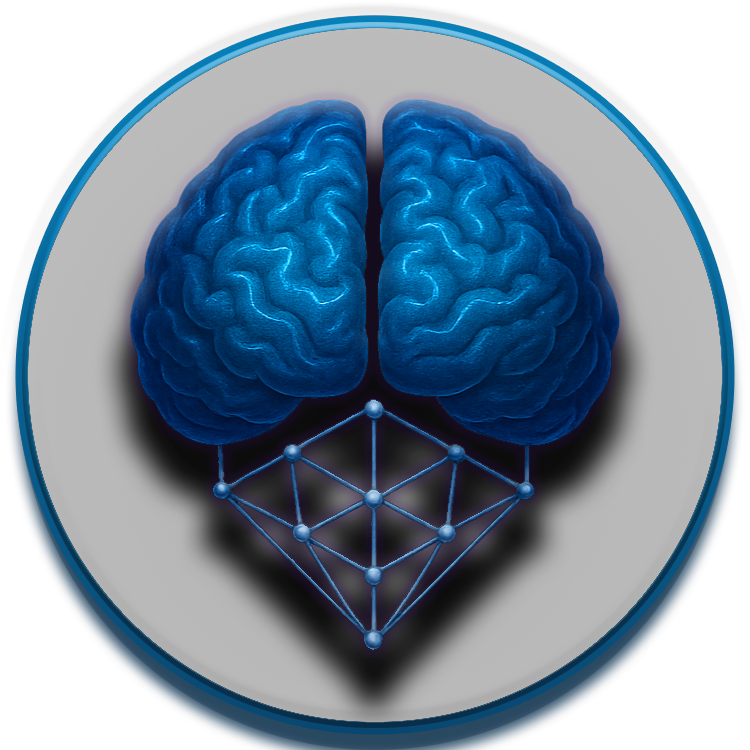
NeuroCognitive Architecture Documentation¶
This directory contains the comprehensive documentation for the NeuroCognitive Architecture (NCA) project. The documentation is built using MkDocs with the Material theme.
Building the Documentation¶
Prerequisites¶
You need to have Python installed. Then install MkDocs and all required plugins:
# Install MkDocs and the Material theme
pip install mkdocs mkdocs-material
# Install required plugins
pip install pymdown-extensions
pip install mkdocs-minify-plugin # Required for the minify plugin
pip install mkdocs-git-revision-date-localized-plugin
pip install mkdocstrings
pip install mkdocs-social-plugin
pip install mkdocs-redirects
pip install mkdocs-awesome-pages-plugin
pip install mkdocs-macros-plugin
Note on Deprecation Warnings: You may see a deprecation warning about
materialx.emoji.twemoji. This is expected, as the Material emoji logic has been moved into mkdocs-material v9.4+. The configuration inmkdocs.ymlhas already been updated to use the new path.
Directory Structure¶
The documentation uses a specific directory structure to work with MkDocs:
mkdocs.yml: Configuration file at the root of the docs directorypages/: Directory containing all the actual documentation markdown filesassets/: Directory for static assets like JS and CSS files
Important: MkDocs doesn't allow the docs_dir (where markdown files are located) to be the parent directory of the config file. Therefore, we use the pages subdirectory to store all markdown content.
Setting Up Your Environment¶
Before running MkDocs for the first time, you need to copy all markdown files to the pages directory:
# From the Neuroca/docs directory
# Create necessary directories
mkdir -p pages/user pages/api pages/architecture pages/architecture/decisions pages/development pages/operations pages/operations/runbooks pages/health_system pages/langchain
# Copy README.md and index.md to pages directory
cp README.md pages/
cp index.md pages/
# Copy all markdown files from each directory to the corresponding subdirectory in pages
cp user/*.md pages/user/
cp api/*.md pages/api/
cp architecture/*.md pages/architecture/
cp architecture/decisions/*.md pages/architecture/decisions/
cp development/*.md pages/development/
cp operations/*.md pages/operations/
cp operations/runbooks/*.md pages/operations/runbooks/
cp health_system/*.md pages/health_system/
cp langchain/*.md pages/langchain/
Local Development Server¶
To preview the documentation locally with live reloading:
-
Navigate to the docs directory:
-
Start the MkDocs development server:
-
Open your browser and go to http://127.0.0.1:8000
The server will automatically reload when you make changes to the documentation.
Building for Production¶
To build the static site for production deployment:
-
Navigate to the docs directory:
-
Build the site:
This will create a site directory with the static HTML files. These can be deployed to any static file hosting service.
Updating Documentation¶
When adding new documentation:
- Create your markdown file in the appropriate subdirectory within the
pages/directory - Update the
navsection inmkdocs.ymlif needed - If creating entirely new sections, you may need to create the corresponding subdirectory in
pages/
Documentation Structure¶
The documentation is organized into several key sections:
- User Guide: Information for end-users on how to use the system
- Architecture: Detailed description of the system architecture
- API Reference: API documentation for developers
- Development: Guidelines for contributing to the project
- Operations: Instructions for deploying and maintaining the system
MkDocs Configuration¶
The mkdocs.yml file contains the configuration for the documentation site, including:
- Site metadata (name, description, etc.)
- Theme configuration
- Navigation structure
- Plugins and extensions
- Custom styling and scripts
Adding New Documentation¶
- Create your Markdown file in the appropriate directory
- Add a reference to your file in the
navsection ofmkdocs.yml - Make sure to follow the established writing style and formatting
Writing Guidelines¶
- Use Markdown for all documentation
- Include code examples when appropriate
- Use admonitions for notes, warnings, etc.
- Create diagrams with Mermaid when useful
- Organize content with clear headings and subheadings
Diagrams¶
The documentation supports Mermaid diagrams. You can include them in your Markdown files like this:
## MathJax
For mathematical formulas, you can use MathJax:
```markdown
$$
f(x) = \int_{-\infty}^{\infty} \hat{f}(\xi) e^{2 \pi i \xi x} d\xi
$$
Getting Help¶
If you need help with the documentation, please check:
Or reach out to the project maintainers.